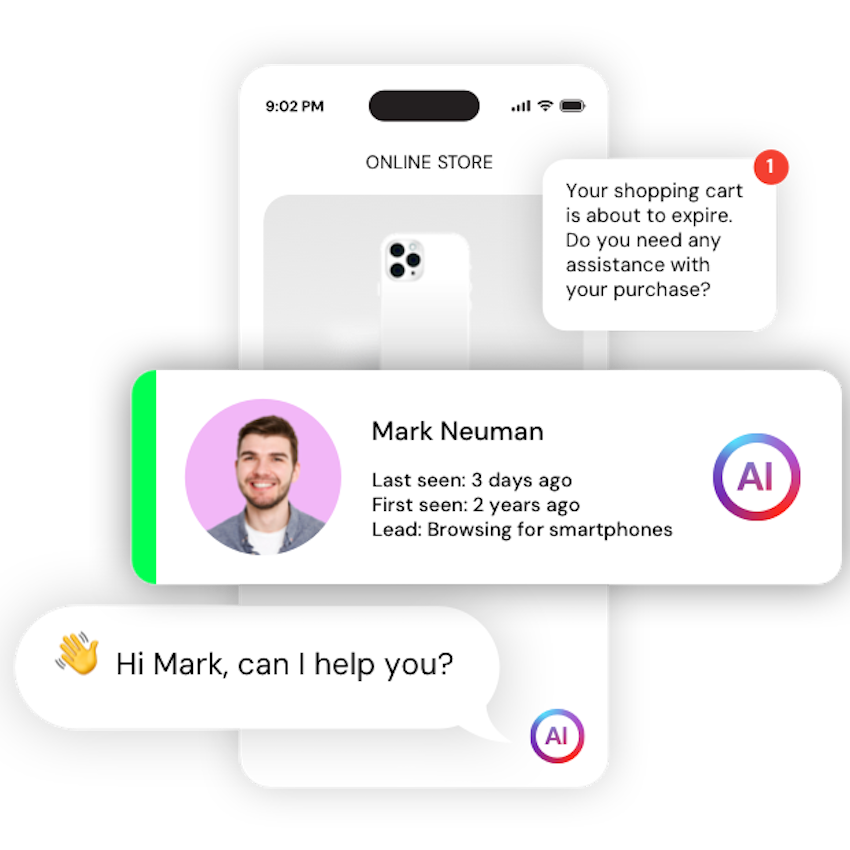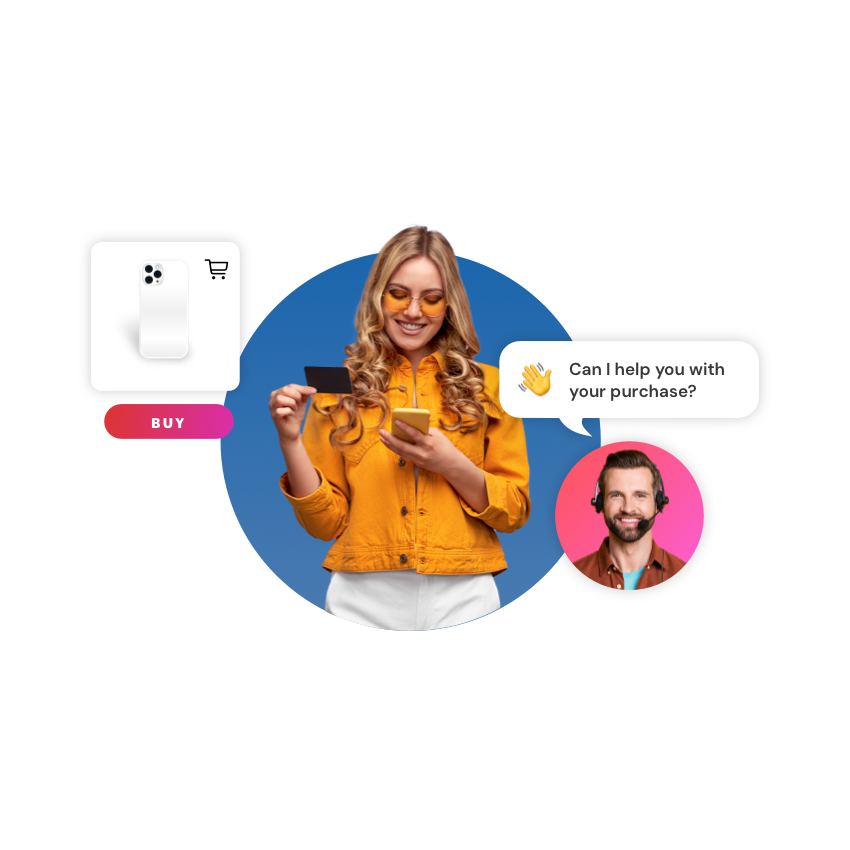When you think of luxury, what comes to mind? A luxury car like a Ferrari or Lamborghini? Flying first class to Bora Bora? Or maybe it’s finally getting your hands on that Vitamix you’ve been eyeing since last Christmas.
The idea of luxury has not only changed over the years, but it also differs from person to person, making it that much harder for brands to market to their consumers. The explosion of technology doesn’t help either, with luxury brands having to interact with consumers in an omni-channel, AI-powered world. Below are three ways luxury brands can win at customer experience management and grow customer satisfaction, customer loyalty, and retention.
CX Leaders Offer Convenience
Expectations for luxury brand experiences are high, with shoppers demanding excellent customer service, convenience, and accessibility across all touch points, including web, social media, mobile, and in-store. With covid-19, it’s been difficult to have an in-person customer experience, so how do brands provide the same level of customer service online? I’ve seen luxury brands offering personal, virtual shopping experiences where the sales associate walks through the brick-and-mortar store and assists the customer via video. This kind of interaction is effective, but brands now need a strategy to seamlessly bridge the CX gap between virtual and physical worlds.
Feedback Favors the Unexpected
Customer feedback shows shoppers want an element of the unexpected in their interactions with luxury brands. For example, if a buyer walks into a luxury retailer like Prada, they expect to see the items Prada sells, like handbags or dresses. But what if customer service went a step further? What if the sales associate noticed the customer looking at a specific leather bag and introduced them to the person who actually makes the bag? Or if the sales rep brought something from the back that isn’t sold in stores and offered it to the customer? It's this kind of customer-first experience that luxury retailers be thinking about. Their customers expect the extraordinary, and little surprises across touchpoints can create great experiences, while also offering opportunities for up-sell.
Exclusivity Drives Brand Loyalty
Investment in a well-equipped tech stack is a critical part of a successful customer experience management strategy. Since the idea of what luxury is varies from person to person, brands need a solution to capture analytics and determine what’s relevant for each customer. For example, if I spend 20 minutes surfing and clicking on the Prada website, and then I purchase that item in-store, a great customer experience doesn't keep sending me ads for the thing I already purchased.
To remain best-in-class, retailers need to track how individuals are shopping, what they’re buying, and use this data for personalization. Long gone are the days where brands could generalize their audience by gender, age, location. To ensure a positive customer experience, shoppers should be targeted as if they are the only person in the world. Millions of people could scroll through the same web pages, but their motives could be very different, so retailers need to deliver a data-driven CX.
Technology has had a huge impact on digital customer experiences and the way people shop, whether it’s for a car, a handbag, or their next vacation. Retailers, especially luxury retailers, need to keep innovating their customer experience to stay one step ahead. It is no longer an option to have a bad customer experience. With the amount of competition luxury brands have, attracting and keeping loyal customers is a must.
Want to Learn How You Can Win at CX?
Check out our new white paper: 3 Ways to Create Timeless Digital Experiences for Luxury Retail Shoppers.
Questions? Contact us to discuss how to deliver a better digital customer experience.









